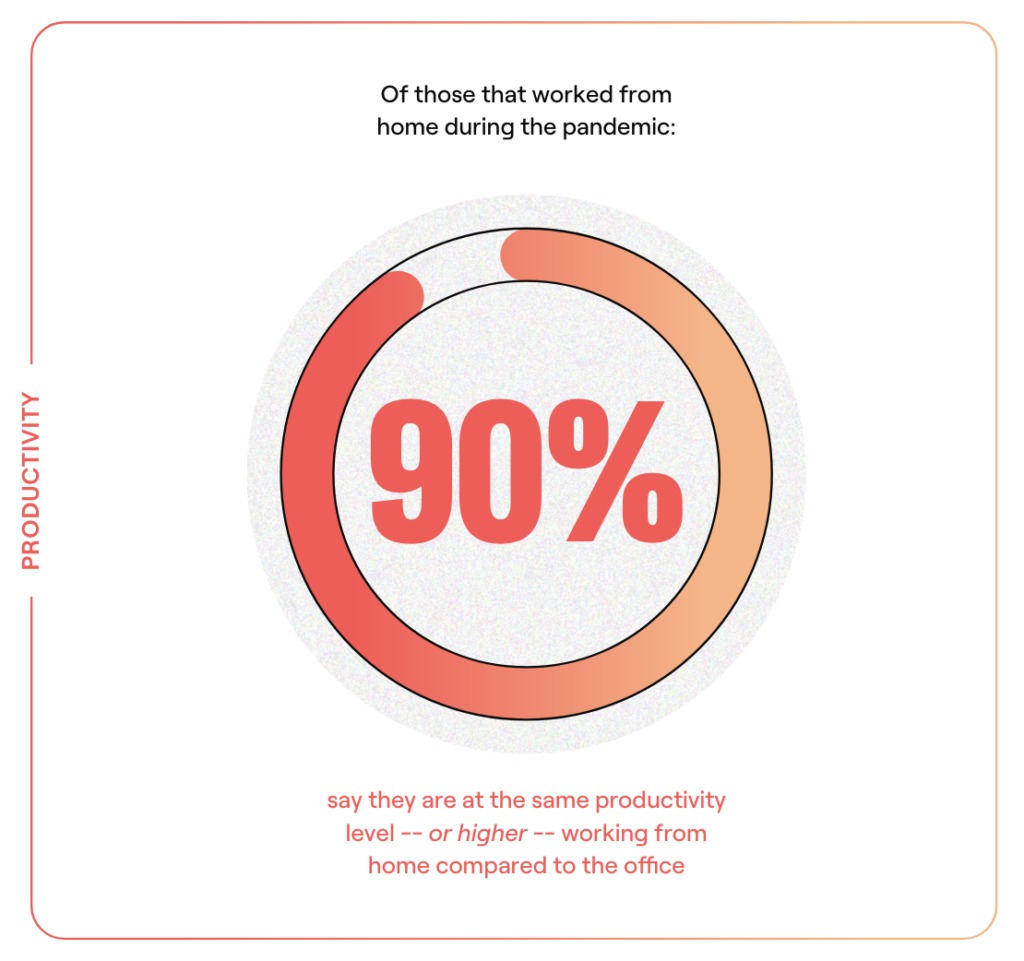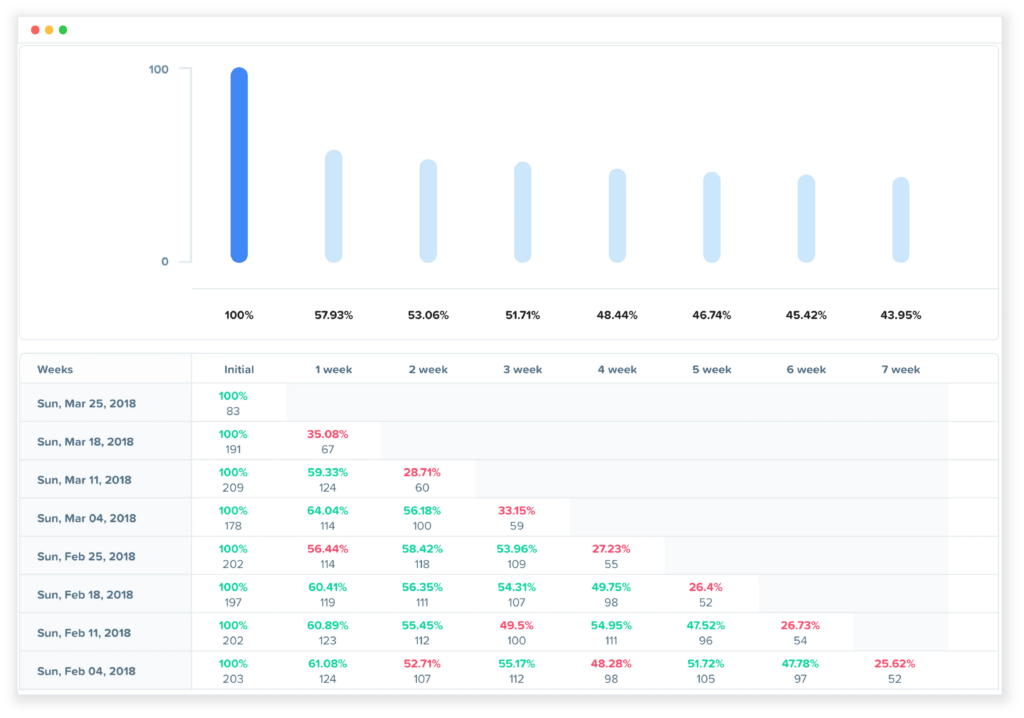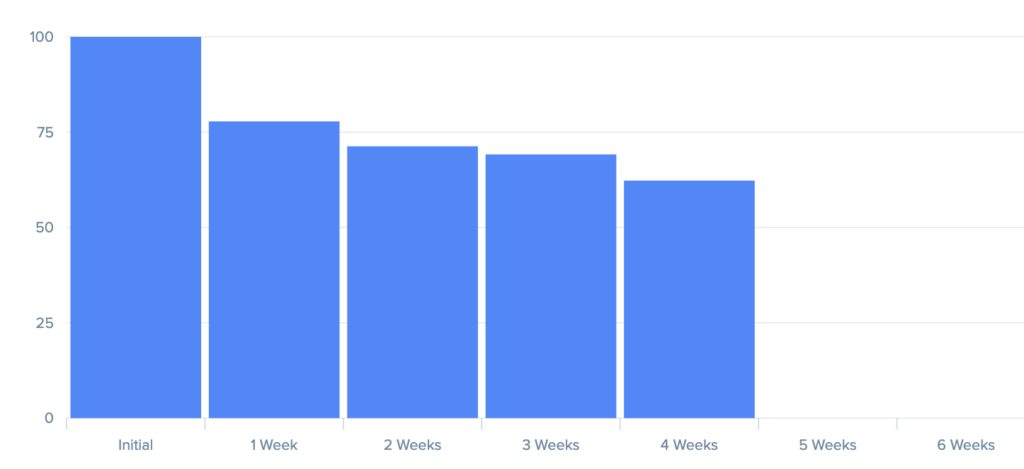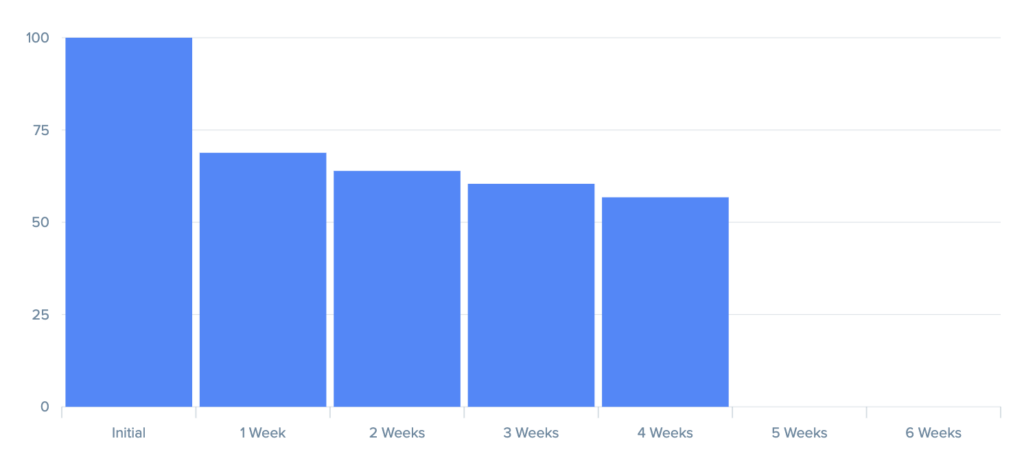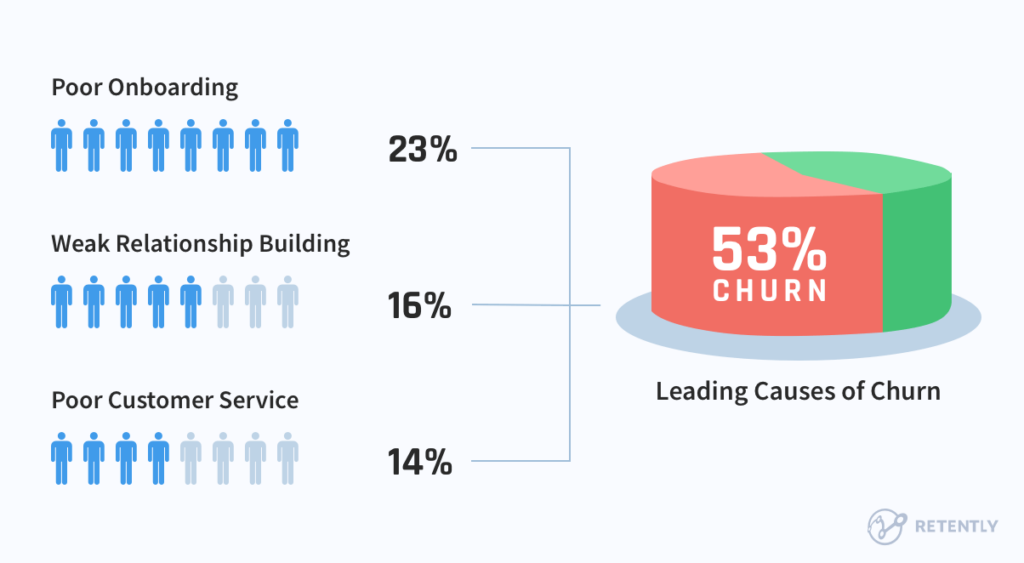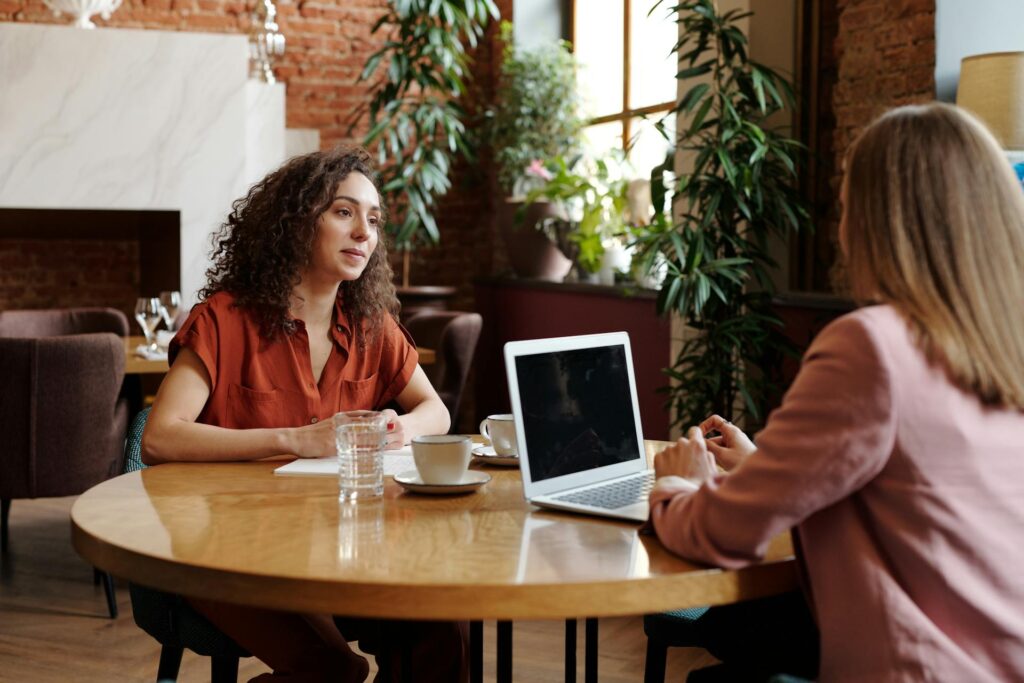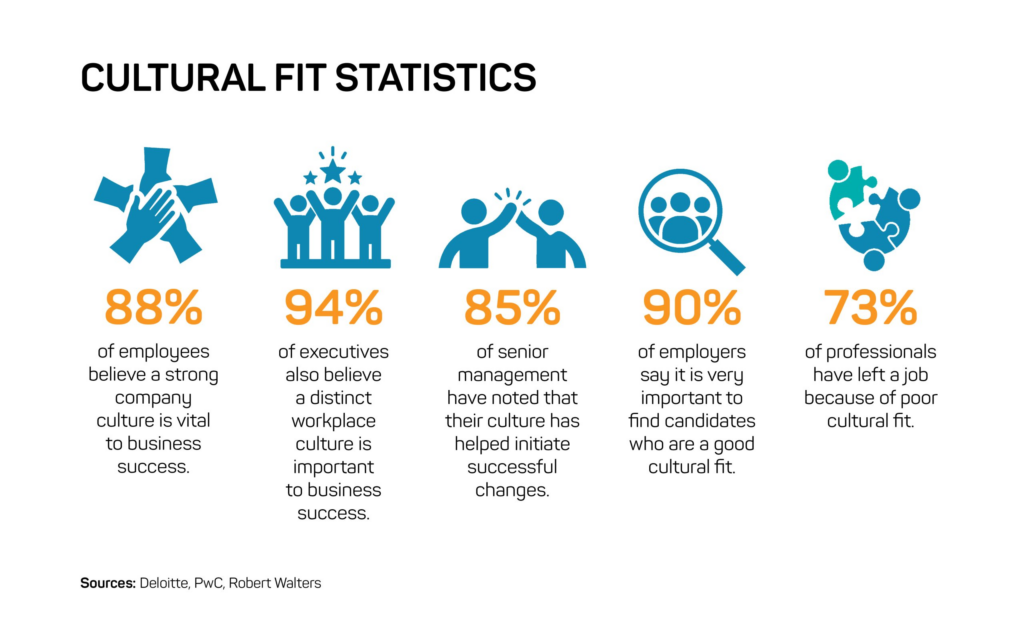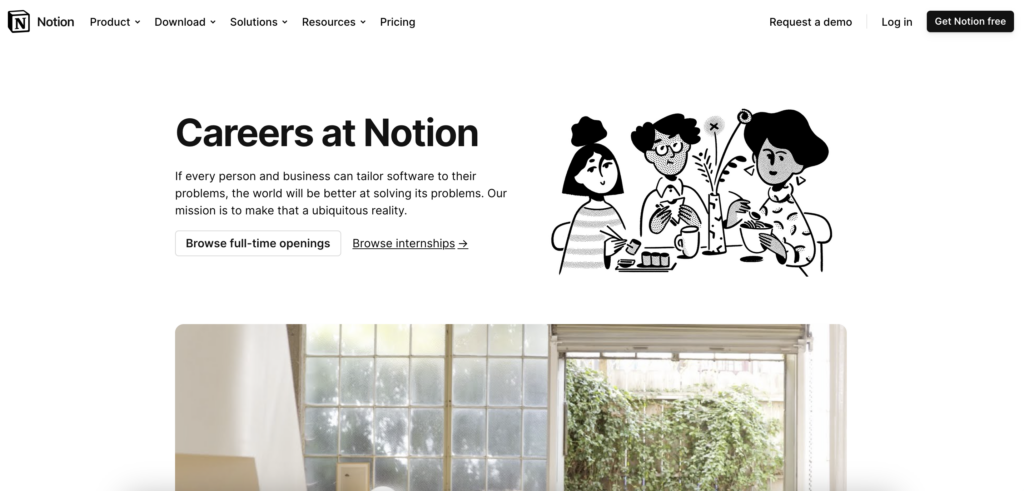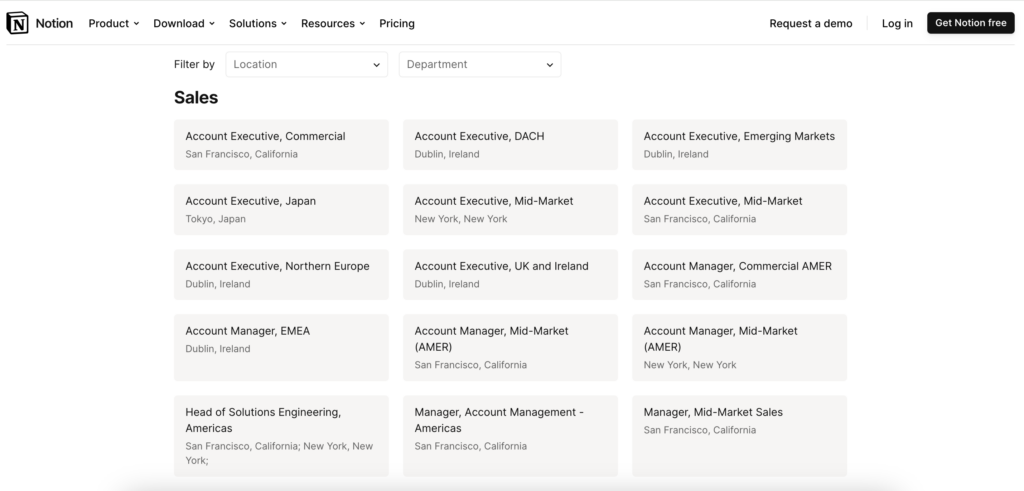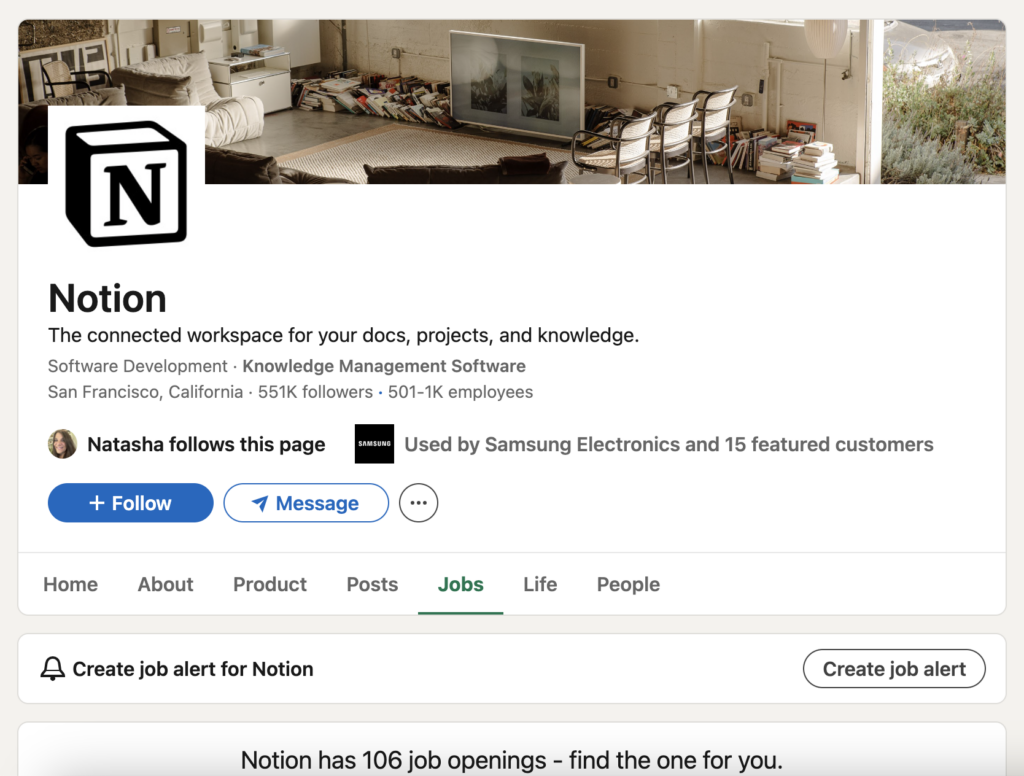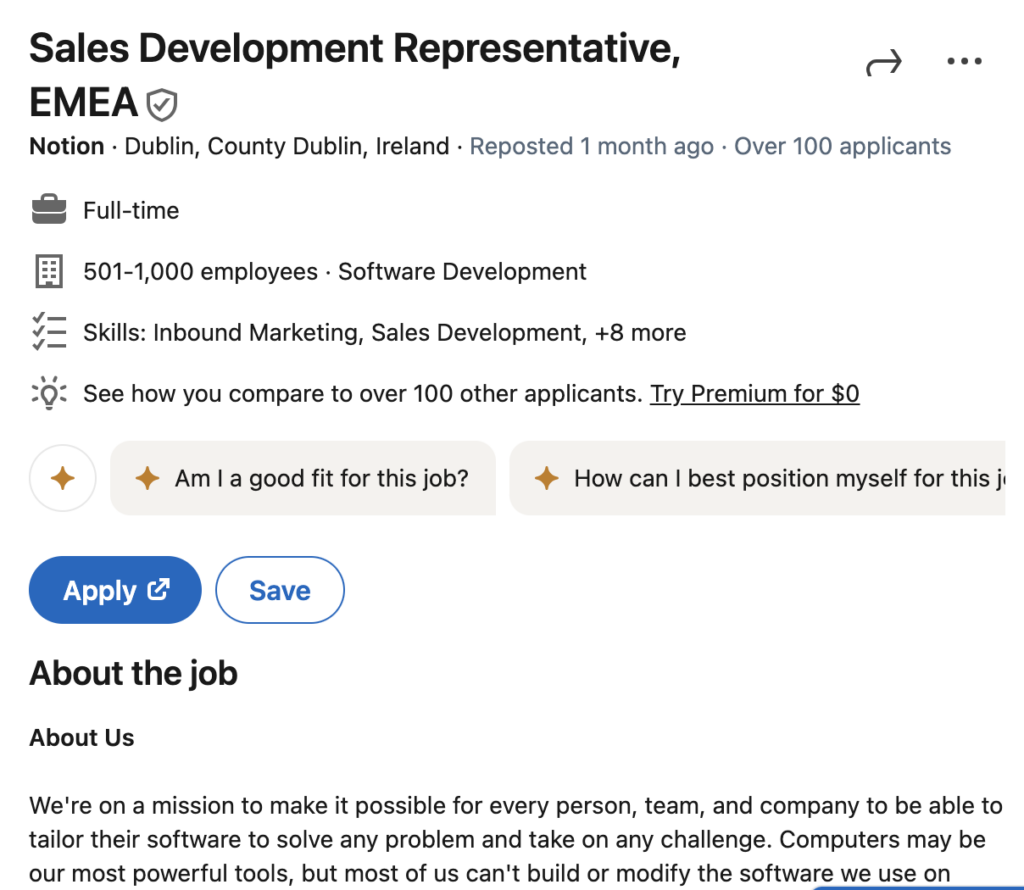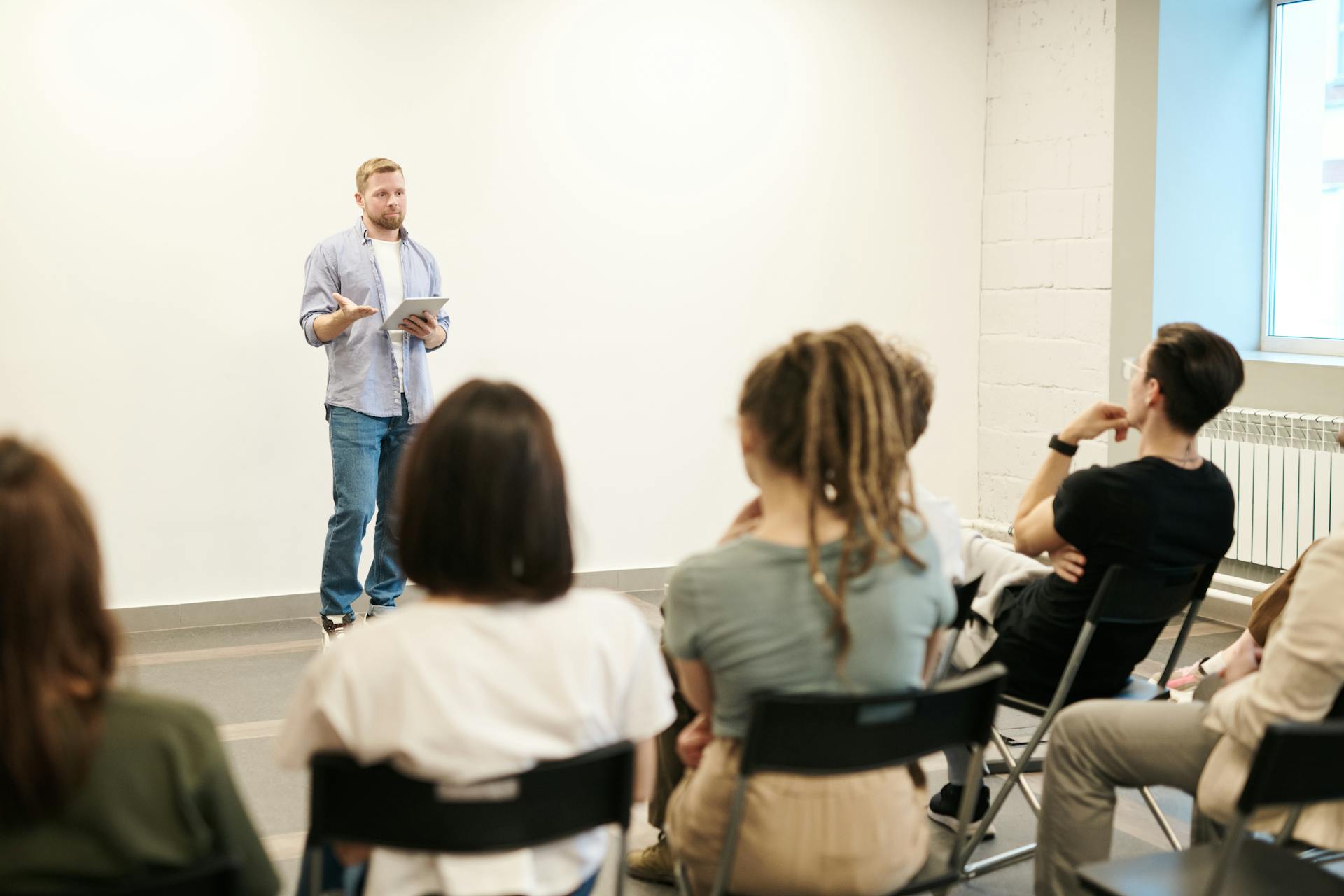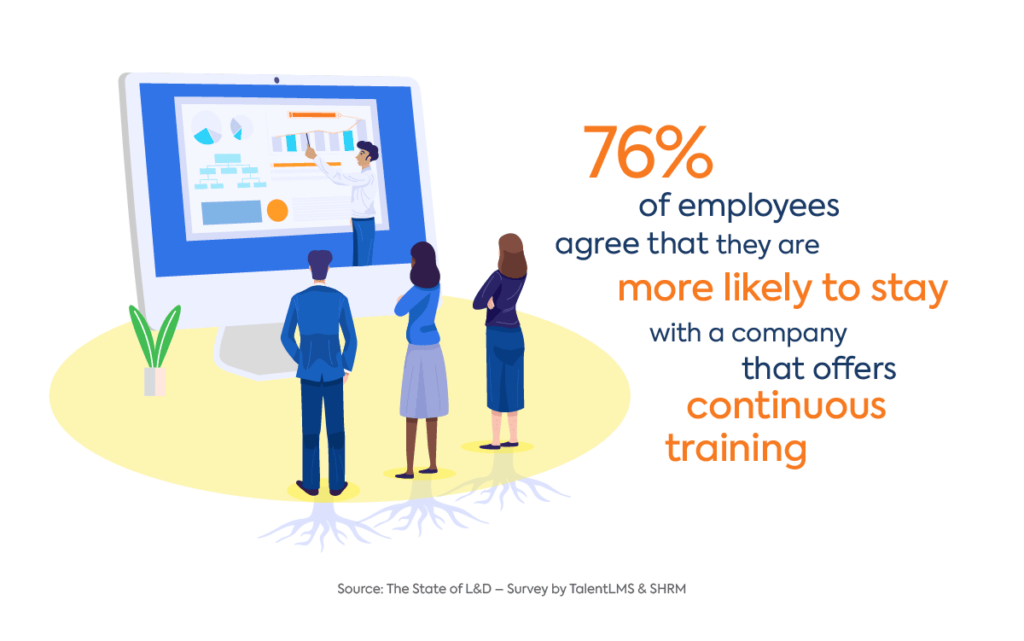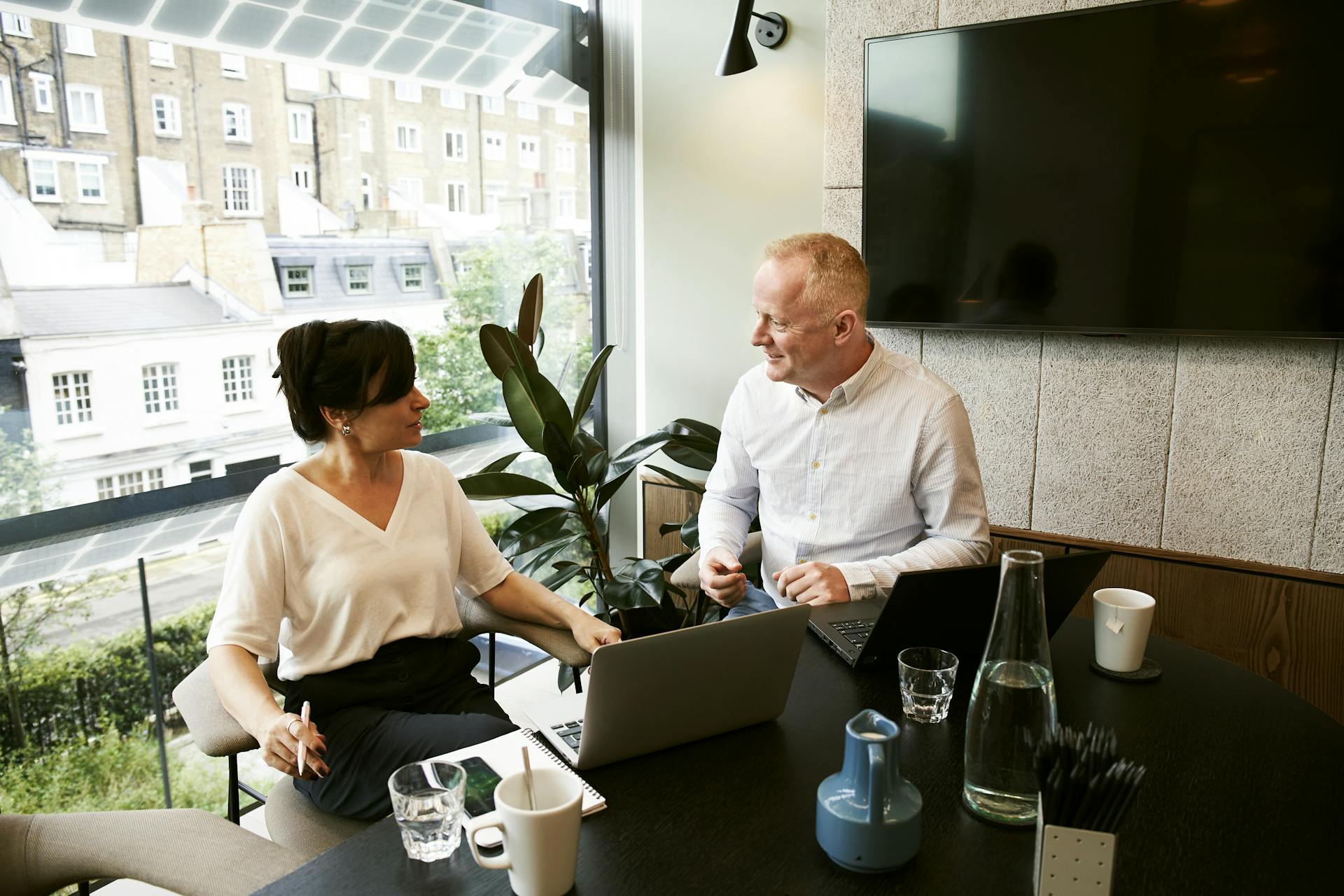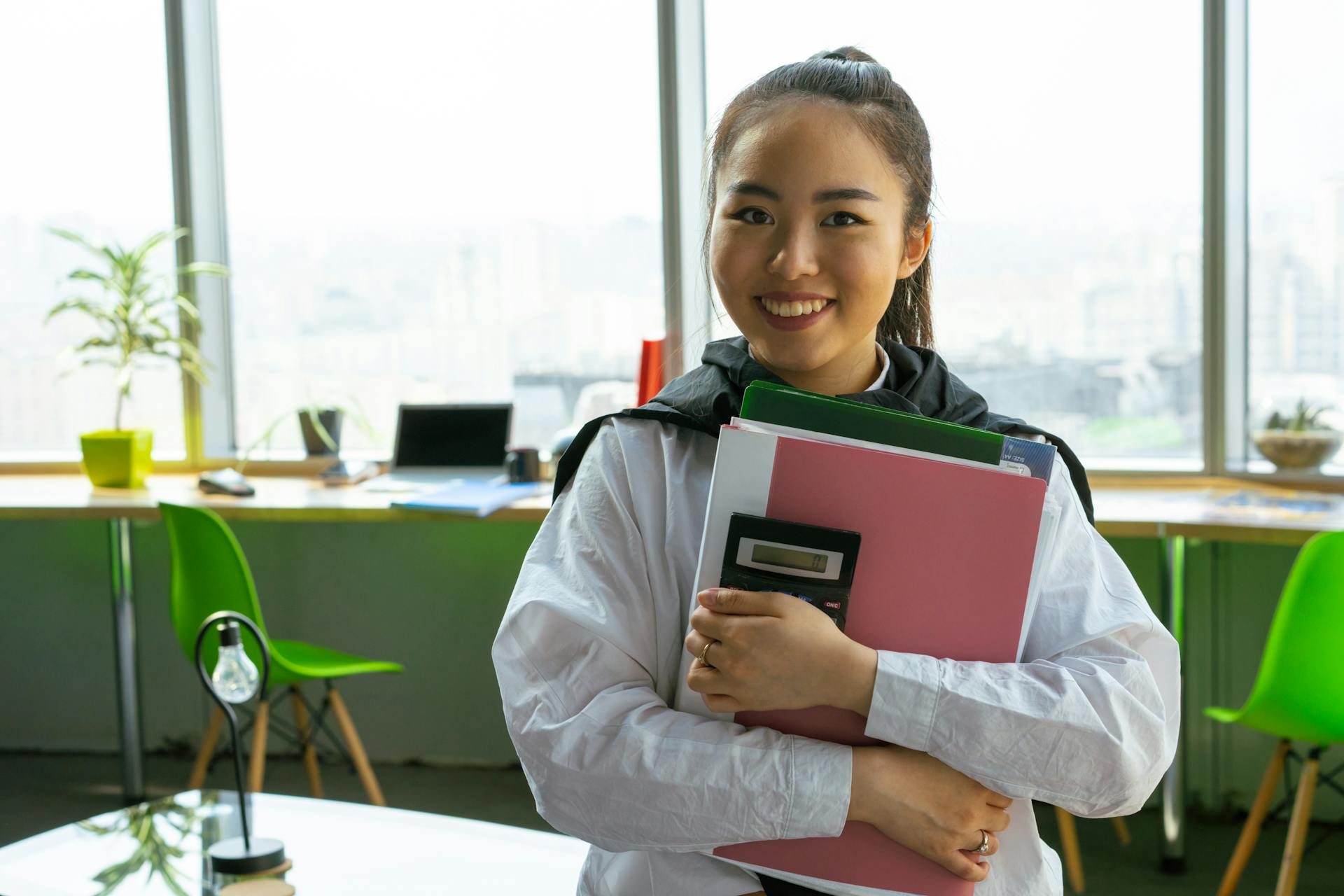In 2015, 10-15% of SaaS sales teams worked remotely, at least some of the time. In 2024, that number ballooned to 71%.
This begs the question. Is it better to have a remote SaaS sales team or stick with the traditional in-house model?
While there’s no black-and-white answer, let’s look at some interesting stats that should indicate what’s right for your company.
The number of SaaS salespeople who work remotely at least part of the time increased by 26% from 2022 to 2023.
A recent study by HubSpot found that 45% of SaaS salespeople worked hybrid in July 2022. By July 2023, that number grew to 71% — a 26% increase.
Now these stats refer to reps that work remotely part of the time (only 10% are fully remote). However, it still illustrates the huge spike we’ve seen in remote work in the past few years. The shift from in-house to remote was already underway pre-COVID. But the pandemic really threw gas on the fire and greatly accelerated the growth of remote SaaS sales teams.
Now in 2024, we’re at the point where it’s become ubiquitous. While only a small percentage of sales teams are fully remote, that number is almost guaranteed to increase in upcoming years.
84% of sales reps say working remotely would make them happier
Employee satisfaction is extremely important, as it tends to correlate with less turnover, better morale, and increased performance. A study by Owl Labs that surveyed 2,050 full-time workers found that the vast majority (84% of reps) said, “Working remotely after the pandemic would make them happier, with many even willing to take a pay cut to continue to work from home.”
You might say that “the genie came out of the bottle” during COVID. By sheer necessity, a large percentage of sales teams were forced to work online. And though it certainly has its drawbacks, the data suggests that most people consider having the option to work online as a good thing.
The fact that many are even willing to work for less shows just how popular this working arrangement can be.
90% of salespeople say they’re more productive when working remotely
One of the biggest concerns for sales managers is productivity. After all, with minimal supervision, can you expect a sales team to maintain as high of a level of productivity at home as they would in an office?
According to the same study by Owl Labs, the answer is overwhelmingly yes. “90% of respondents said they were equally as (or even more) productive when working remotely — compared to when they worked in-house. And 55% said they worked more hours when working remotely than they did in office.”
Some potential reasons for this productivity spike can be attributed to no commute time, flexible work hours, fewer distractions, and a comfortable working environment.
67% of sales managers say managing remote SaaS sales teams is challenging.
Given that working remotely tends to translate into increased employee satisfaction and higher productivity, it sounds like sales managers should go all-in, right? Like implementing most major changes in a workplace, there are also some downsides to be aware of.
One of the biggest is that over two-thirds of sales managers (67%) say that managing SaaS sales teams is more challenging than they anticipated. This stat references the work-from-home environment that was thrust upon so many companies during the pandemic.
According to a study by Saleslion, the two biggest challenges cited by most sales managers were the breakdown in communication and collaboration that often happens without a physical working environment. As they put it, “Without the ability to walk over to a colleague’s desk or hold impromptu meetings, sales teams can become siloed.”
Besides that, it can be trickier to assess a SaaS sales team’s performance and offer feedback when everyone is working remotely.
While there are plenty of tools that can measure performance to some extent and quantify progress, you just can’t get the same personal touch as you would in an in-house environment.
Remote workers are nearly twice as likely to change jobs than those working in-office.
Here’s the stat that really caught my attention. And it’s not something I had given much thought to beforehand.
One study found that remote salespeople are “twice as likely (37%) to switch jobs compared to those working in an office (21%). The top reasons for changing jobs were better pay (84%), better career opportunities (82%), and better work/life balance (78%).
And this makes sense when you think about it. Say a salesperson is working a traditional in-house position where they live in a particular area, have a home, their kids are in school, and so on. They’re fairly well-rooted and are less likely to jump at the first opportunity that comes their way.
However, say someone is working online and can easily take another position without having to uproot their life. It would be far easier to jump ship.
While giving salespeople the option to work remotely can increase satisfaction — something that correlates with lower turnover —, it also has the potential to increase turnover because of how easy it is to switch companies.
So this is something to take into consideration when deciding which approach to take.
Remote vs. In-Office SaaS Sales Teams: Which Option is Best?
With remote sales teams (at least on the partial level) becoming the norm, it’s easy to jump in head-first. But as we’ve learned, there are pros and cons to each working arrangement.
You obviously want to keep your sales force happy and productive and keep up with the competition. However, you don’t want it to hinder communication and collaboration and have to continually replace your staff because they leave for greener pastures.
If you’re considering making the move to remote, I suggest giving careful consideration to the pros and cons and doing some experimentation before going all-in. Also, you may want to stick with a hybrid model, which many SaaS companies are having success with.
Looking to recruit elite SaaS sales talent and retain the maximum percentage of your reps? Register with HireDNA and leverage our cutting-edge sales recruitment technology.


